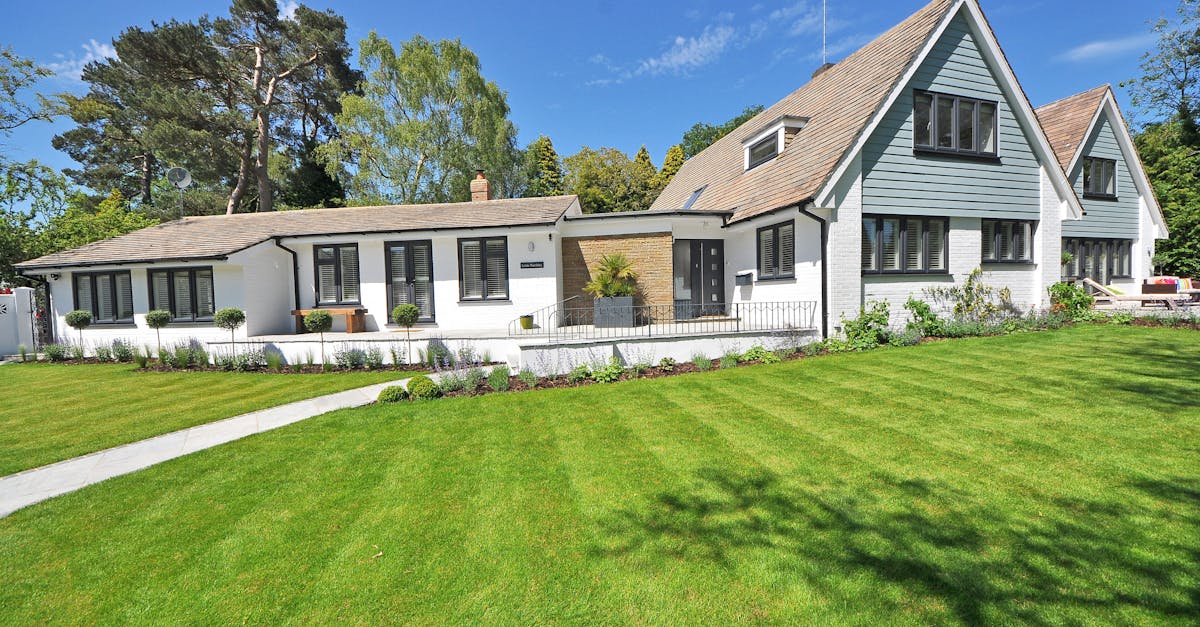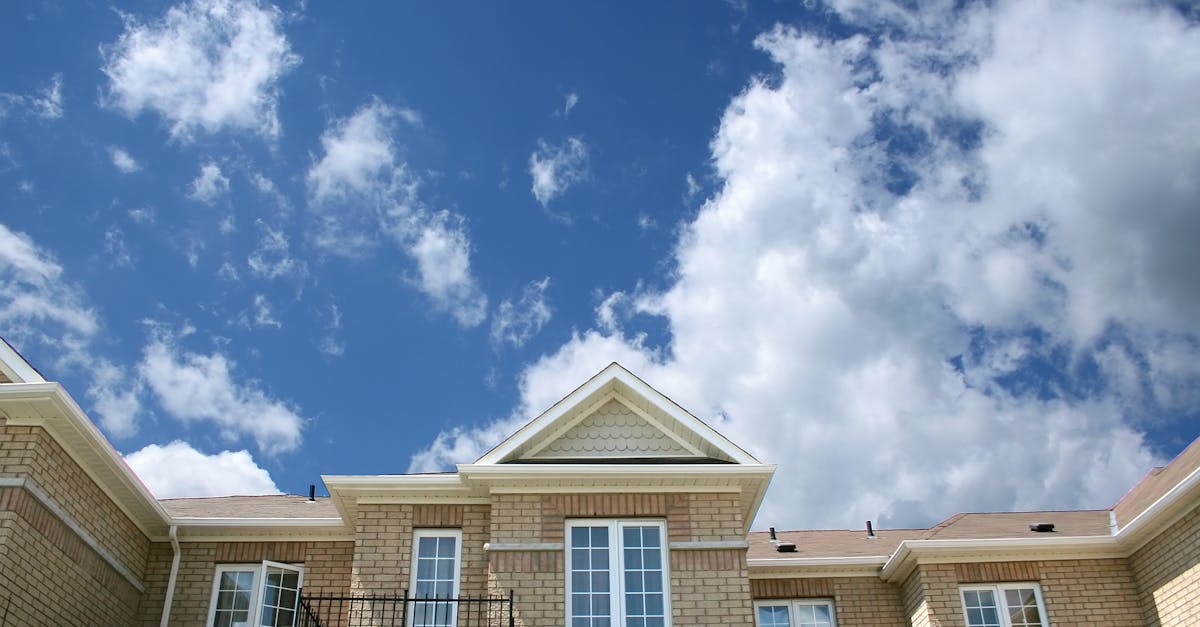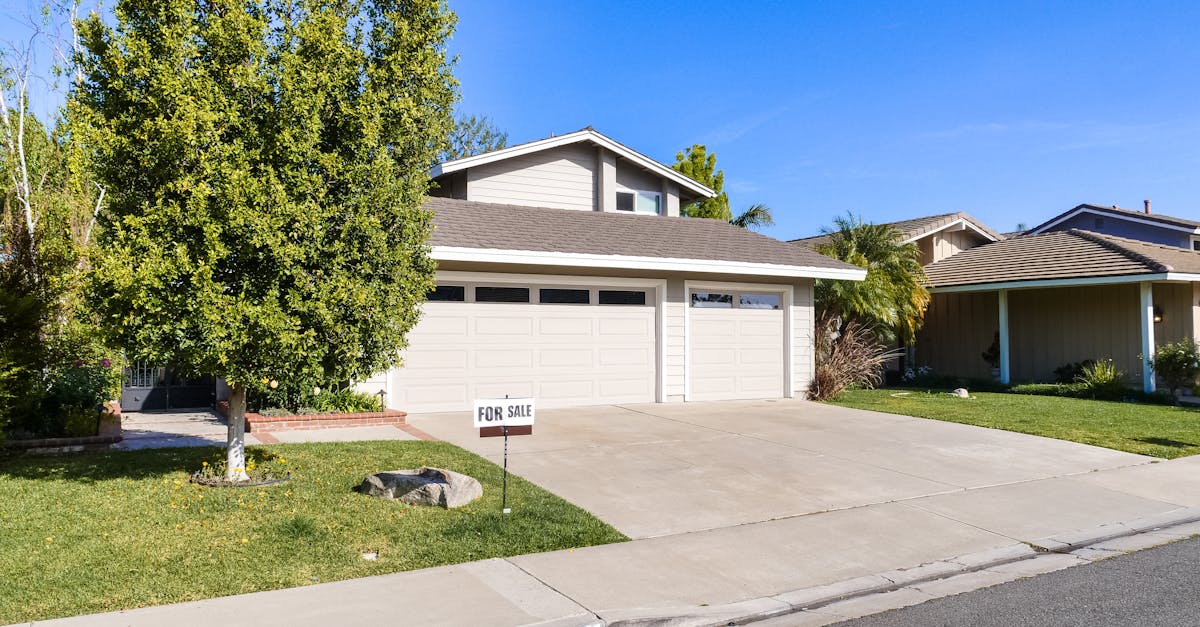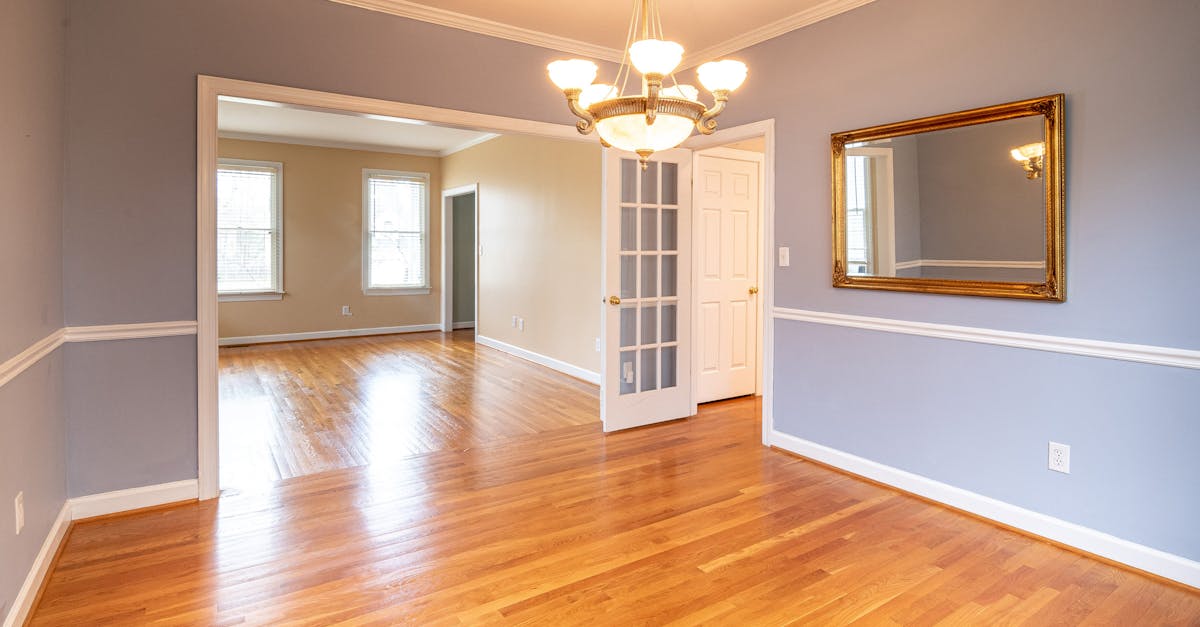
Table Of Contents
Variations of the 70% Fix and Flip Rule
Real estate investors often adapt the 70% fix and flip rule to suit their specific strategies and local market dynamics. Some might adjust the percentage to account for unique property conditions or to achieve a quicker return on investment. For instance, if the anticipated repairs are substantial or if a property is in a declining neighborhood, investors may consider a lower percentage to ensure a profitable flip. These variations help investors navigate the complexities of each deal while staying aligned with their financial goals.
In addition to the standard rule, potential investors can also explore creative financing options like Fix n Flip Loans. These loans can provide necessary capital while potentially reducing the requirement to stick strictly to the 70% guideline. By leveraging such financing, investors can take on projects that may initially appear too risky, allowing them to maximize their investment potential in a competitive market. This adaptability showcases the flexibility inherent in real estate investing, enabling investors to find opportunities aligned with their risk tolerance and market insights.
Alternative Approaches to Property Valuation
Property valuation methods can vary greatly based on the investor's strategy and the specific market conditions. Some investors may opt for a cost approach that considers the expenses involved in the renovation and potential resale value. This method allows them to gauge whether the investment aligns with their budgeting expectations. Another popular technique is the comparative market analysis (CMA), which assesses similar properties and recent sales in the area. This gives investors a clearer picture of current market trends and potential return on investment.
In addition to traditional valuation methods, investors often explore alternative financing options to support their projects. Fix n Flip Loans, for instance, provide quick access to capital, allowing investors to act swiftly in competitive markets. This financial flexibility can be crucial when weighing property values against potential profit margins. By evaluating properties through diverse lenses, investors can make more informed decisions that reflect both the current market landscape and their unique investment goals.
Real-Life Examples of the 70% Rule
Real estate investors often turn to the 70% rule as a guiding principle when contemplating a fix-and-flip project. For instance, an investor purchases a distressed property for $100,000. After assessing the estimated after-repair value (ARV) at $200,000, they apply the 70% rule. This tells them the maximum they should pay for the property, factoring in renovation costs. With repair estimates of $30,000, the calculations reveal that paying no more than $90,000 makes sense, adhering to the method.
In practical applications, an investor may find a property listed for $120,000 that requires extensive renovations. By following the 70% rule, the investor determines the ARV could reach $220,000 after updates. Deducting renovation costs of $40,000, they find that the ideal purchase price should not exceed $124,000. To finance this project, many investors seek fix n flip loans, which often provide the necessary capital to bridge the gap between purchase price and rehab costs.
Case Studies from Successful Investors
Many successful investors have effectively utilized the 70% fix and flip rule to maximize their profits. By carefully assessing renovation costs and property values, they strategically purchased homes that aligned with this guideline. One notable case involved an investor who acquired a distressed property in an up-and-coming neighborhood. After estimating repair expenses at $30,000, the investor crunched the numbers, determining they could purchase the home for $140,000. This led to a selling price projection of $240,000 post-renovation, ultimately confirming the viability of the project.
Another investor approached the fix and flip strategy with the help of Fix n Flip Loans to finance their endeavors. This investor targeted properties below market value in competitive areas. After securing a loan, they acquired a home requiring minor cosmetic upgrades. By staying within budget and leveraging market demand, the renovations were completed swiftly, resulting in a successful sale that far surpassed their initial investment. This exemplifies how proper financial planning and adherence to the 70% rule can streamline the flipping process.
The Role of Market Conditions
Market conditions play a significant role in the application of the 70% fix and flip rule. In a strong housing market, property values tend to appreciate quickly, allowing investors to potentially sell at a higher price than anticipated. Conversely, during a downturn, property values may stagnate or decline, which can squeeze an investor's profit margins. Understanding these dynamics is vital for investors seeking to maximize their returns while minimizing risk.
Furthermore, the availability and terms of financing options like Fix n Flip Loans can also be influenced by market conditions. Lenders often adjust their criteria based on the current market climate, affecting the cash flow and the investor's capacity to execute their plans. Potential fluctuations in interest rates and loan terms can dictate the overall feasibility of a project, making it essential for investors to stay informed about both market trends and lending landscape.
How Market Trends Affect the 70% Rule
Market conditions play a significant role in determining how effectively the 70% rule can be applied. In a seller's market, property prices are often elevated due to increased demand. This can push potential profits down and necessitate a careful reassessment of the numbers. Investors must remain vigilant during these fluctuations, as it could lead to a situation where the calculated after-repair value (ARV) might not support the traditional 70% rule’s guidelines.
Conversely, in a buyer's market, property values may decrease, allowing investors to purchase properties at lower prices. This shift can create more favorable conditions for implementing the 70% rule, as the margins may widen, presenting better opportunities for profits. Fix n Flip Loans can be especially influential in these conditions, providing investors with the necessary capital to seize advantageous deals while making smart calculations based on current market trends.
FAQS
What is the 70% fix and flip rule?
The 70% fix and flip rule is a guideline used by real estate investors to determine the maximum price they should pay for a property to ensure profitability after renovations and selling costs. It suggests that investors should pay no more than 70% of the property's after-repair value (ARV) minus the estimated repair costs.
How do I calculate the after-repair value (ARV)?
To calculate the ARV, you need to analyze comparable properties (comps) in the area that have been recently sold and are similar in size, condition, and features to the property you’re considering. This analysis helps estimate what the property could sell for once the necessary repairs and upgrades are completed.
Are there variations to the 70% fix and flip rule?
Yes, there are several variations of the 70% rule that investors may use based on their strategy, market conditions, or level of experience. Some investors may choose to adjust the percentage or include other factors like holding costs or financing fees when calculating their maximum purchase price.
How do market conditions affect the 70% rule?
Market conditions can significantly impact the effectiveness of the 70% rule. In a seller's market with high demand and limited inventory, the ARV may increase, allowing investors to pay more for properties. Conversely, in a buyer's market, lower home prices may mean investors need to be more conservative with their offers to maintain profitability.
Can the 70% rule guarantee a successful flip?
While the 70% rule is a useful guideline for determining purchase prices, it does not guarantee a successful flip. Investors must also consider factors like renovation costs, market trends, and unexpected issues that can arise during the flipping process. Thorough research and planning are essential for success in real estate investing.





